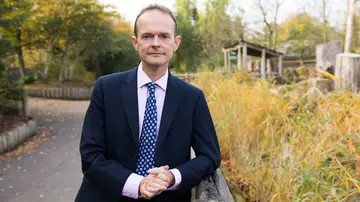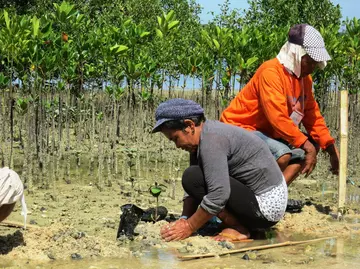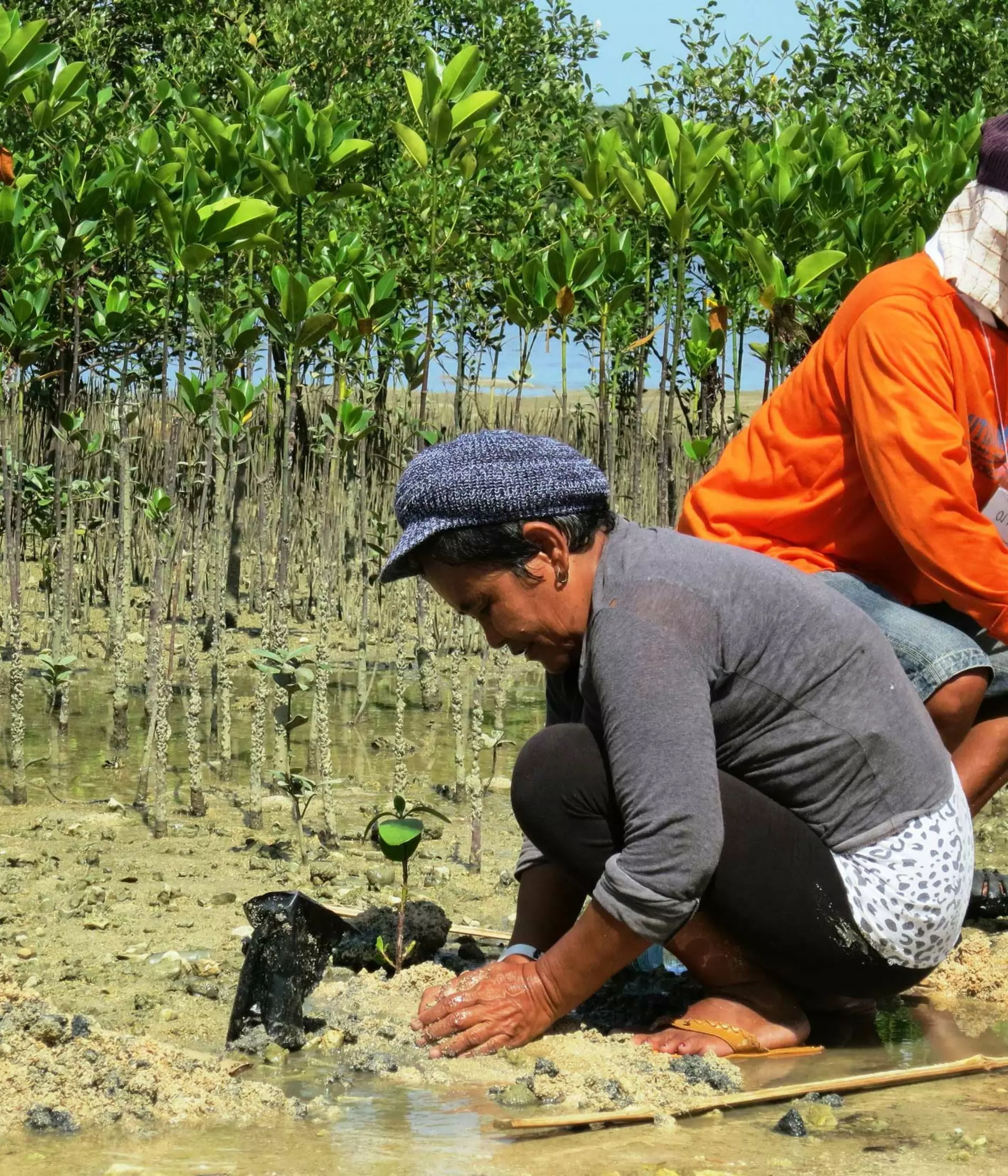
ZSL
Zoological Society of London
Dominic Jermey, Director General at ZSL, discusses the importance of putting nature at the heart of global decision making ahead of COP26.
World leaders and politicians, conservationists and scientists are right now descending on Glasgow – ZSL’s experts among them - for the COP26 UN Climate Change Conference (COP26). This conference must be a game changer.
COP26, hosted by the UK in partnership with Italy, will take place from 31 October to 12 November 2021. It will bring the world together to follow up on the goals and the commitments of the Paris Agreement and the UN Framework Convention on Climate Change.

Intended to be part of what environmentalists had coined “the super year for nature” in 2020, like so much else, COP26 was delayed by the coronavirus pandemic. Our lives were on pause. Climate change was not. And so another year slipped by with biodiversity loss and climate change continuing our creep to catastrophe across the planet.
But what does this mean?
We know – because the science is crystal clear - that the twin crises of global climate change and biodiversity loss are reaching a point of no return. While policy-makers increasingly acknowledge the two must be addressed together, we are yet to see the urgent action needed. No government has met the biodiversity goals set two decades ago; few of the targets set in the Paris Climate Agreement look to be met at this stage.
We cannot afford further delay. ZSL’s experts – world-leading scientists, conservationists and environmental advocates - are unanimous; if we are to succeed, nature must be at the heart of all global decision making.
That means global governments must take an integrated approach, tying our ambitions around biodiversity recovery and climate change together. Tackling them in isolation risks at best, wasting resources, and at worse, causing further damage. We cannot solve one crisis without addressing the other.
I understand this can all seem overwhelming, and out of our control. But there is hope; we can all play a part.
At ZSL, we’ve long been championing Nature-based Solutions. We know this works. Our conservation approach starts with protecting an entire ecosystem, which means restoring the services that ecosystem provides, both to climate and to biodiversity.
A brilliant example of this is ZSL’s work to restore mangrove forests in the Philippines. As well as providing a rich home for many species of wildlife, mangroves play a vital role in climate stabilisation; their carbon storage and sequestration potential is considered to be greater than that of tropical forests. These biodiverse ecosystems also provide livelihoods for coastal communities and provide protection against natural disasters such as typhoons.

We need to see these types of approaches carried out at scale. We recently concluded a landmark project in Indonesia to carry out sustainable management of an entire landscape. KELOLA Sendang was a ZSL-run project, working with the Indonesian Government, communities and the private sector across 1.6 million hectares in South Sumatra – an area approximately 10 times the size of Greater London. Its purpose was to tackle deforestation in the home of some of the world’s most threatened species such as tigers, rhinoceros and orangutans. The project’s successes – ranging from the protection of 10% of Indonesia’s tiger population to the launch of pilot projects to restore and rehabilitate 440,000 hectares of land – demonstrates conservation can be carried out, at scale, tackling biodiversity loss and climate change in unison.
Supporting ZSL ensures this crucial work continues. But we can all do more.
We must now unite to put the spotlight on nature. We must all pay close attention to the climate talks; we must hold our world’s leaders accountable; and we must ensure that agreements made at COP26 are more than just words on paper.
Nature’s waited long enough; now is the time to act.
Climate change and human activity have pushed our precious planet to its limit, causing the devastating loss of so many habitats and species. From lab to field, hands on and behind the scenes, we’re leading the future of conservation, shaping agendas and influencing change to support better life, health and living for people and wildlife.
